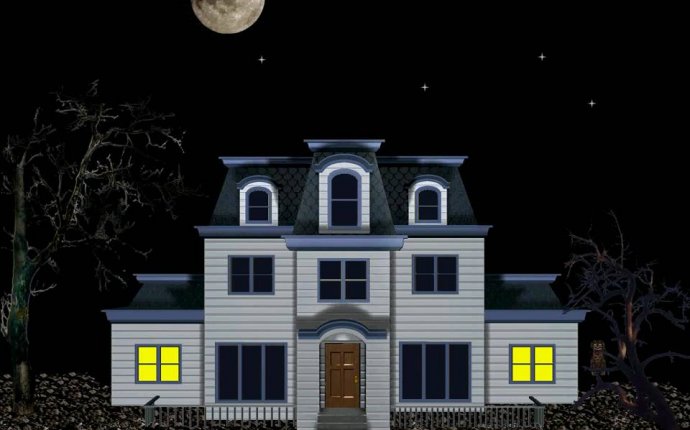
House Windows Screen
Gilbert and Bennett, a Connecticut based company that made sieves, is generally credited with the invention of the modern window screen. The company’s business suffered during the Civil War, as they could no longer sell their products in the Southern states. An enterprising employee had an idea that changed history – paint the wire cloth to prevent it from rusting, and sell it for use as window screens. The idea took off, and the company made the production of wire cloth a major part of its business. Homeowners would purchase the wire cloth and then nail it to wooden window and door frames they constructed. The firm later introduced steel wire, which did not rust.
The firm of Bayley and McCluskey filed a patent in 1868 for screened windows on railroad cars, which helped to prevent sparks, cinders, and dust from entering the passenger compartments. Screens were first advertised in the Chicago Tribune in May 1869, the advertisement reading in part:
“The annoyances of spring and summer, such as flies, mosquitoes, dust, etc., can be obviated by using the wire window screens manufactured by Evans & Co., No. 201 Lake street. These can be obtained at fifteen to fifty cents a foot.”
Window screens not only made houses more comfortable, they also had a direct impact on health, as they kept disease-carrying insects out of homes. Over time, the incidents of these diseases declined dramatically. This aspect of window screens was considered so important that the Boy Scouts and other volunteer organizations would help communities install and maintain screens.
PAINTED WINDOW SCREENS
As was the case with window shades, artists soon saw the possibilities of window screens, which were basically canvases with holes in them. Screens were painted on the outside, normally with landscape scenes, leaving the holes unobstructed. In addition to being decorative, the screens were practical as well. From the outside, the painted scenes blocked the view inside the house, providing a level of privacy.









